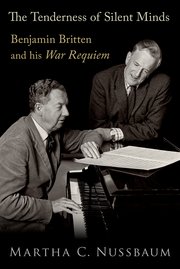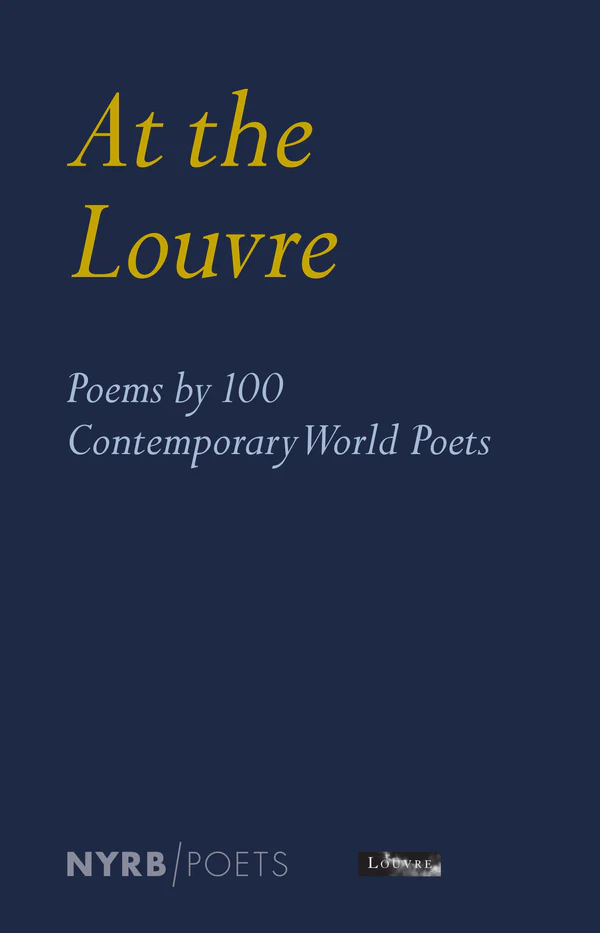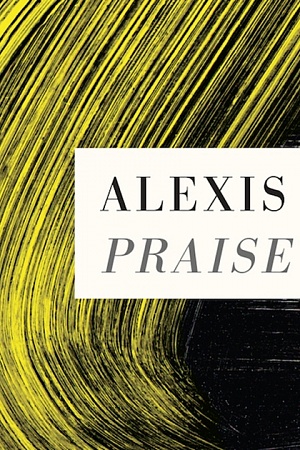Nights in the Asylum
Vintage, $32.95 pb, 316 pp
Conjuring exiles
Here are two novels of exile, one contemporary, the other about coming to Australia in the nineteenth century. In Carol Lefevre’s Nights in the Asylum, Miri, a middle-aged actress, escapes from Sydney and her tottering marriage, and drives back to the mining town of her childhood. On the way, she picks up an escaped Afghan refugee, Aziz, and drops him off in town, where he immediately falls foul of the inhabitants and ends up on the doorstep of Miri’s family home, uninhabited while her aunt is in hospital. The house becomes asylum for more than one outcast: Zett, the abused wife of the local cop, has already found herself there, baby in tow.
The style is sober enough, and has body and presence. While at one level the book is a melodrama of victimisation, the Manichaeism never swamps you or becomes completely overbearing. The central situation may put you in mind of Riders in the Chariot (1961): there is the same contrast between the underdogs and the just, on the one side, and the slavering sharp-toothed Philistines on the other. It may make you wonder at the triumph of Howardism that contemporary writers should be able to summon up, consciously or not, Patrick White’s vision of Australia in the 1950s as a materialist wasteland where the sensitive and the wounded are ground down by unfeeling, unthinking force. Jude Moran, the local policeman, is as much an avatar of the Australian ugliness as Blue in White’s novel: he beats his child and betrays his wife with a teenager from the roadhouse; oafishly oversexed, he also makes a pass at Miri. Almost inevitably, in a subplot that Lefevre handles without much finesse, Moran has beaten an Aboriginal prisoner to death. Lining up against him is not only Miri and her charges but also the local vet, Artie Rose, whose name suggests White’s Harry Rosetree, the assimilated Jew who stands by while Himmelfarb is crucified by the mob.
Continue reading for only $10 per month. Subscribe and gain full access to Australian Book Review. Already a subscriber? Sign in. If you need assistance, feel free to contact us.














Leave a comment
If you are an ABR subscriber, you will need to sign in to post a comment.
If you have forgotten your sign in details, or if you receive an error message when trying to submit your comment, please email your comment (and the name of the article to which it relates) to ABR Comments. We will review your comment and, subject to approval, we will post it under your name.
Please note that all comments must be approved by ABR and comply with our Terms & Conditions.